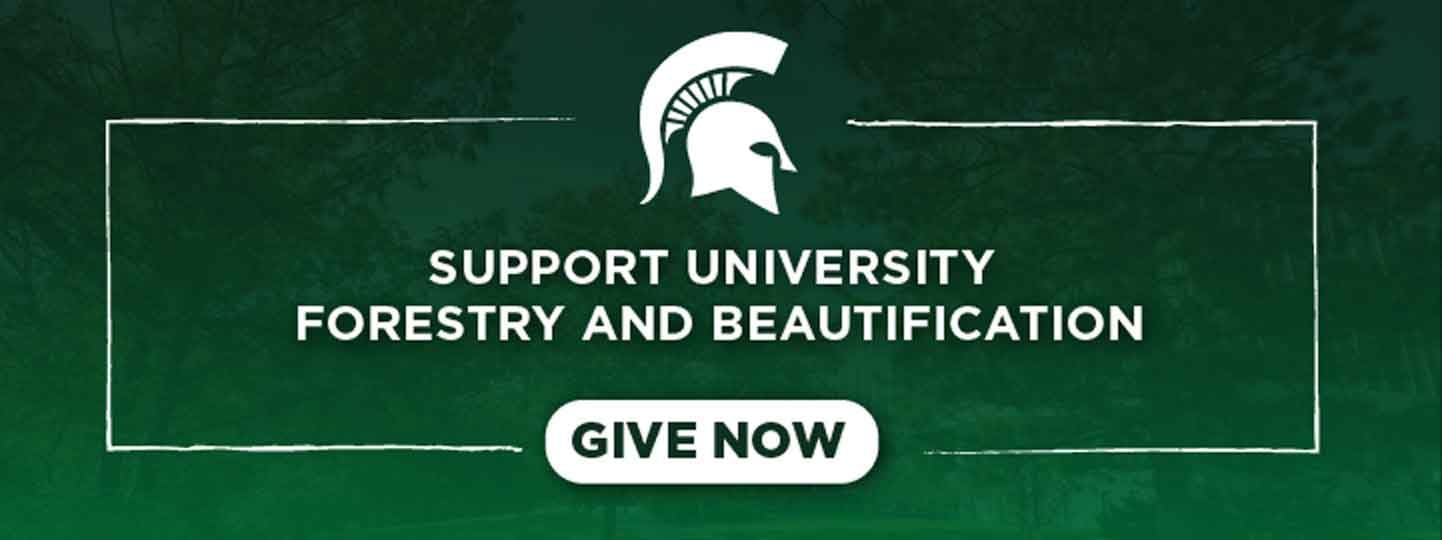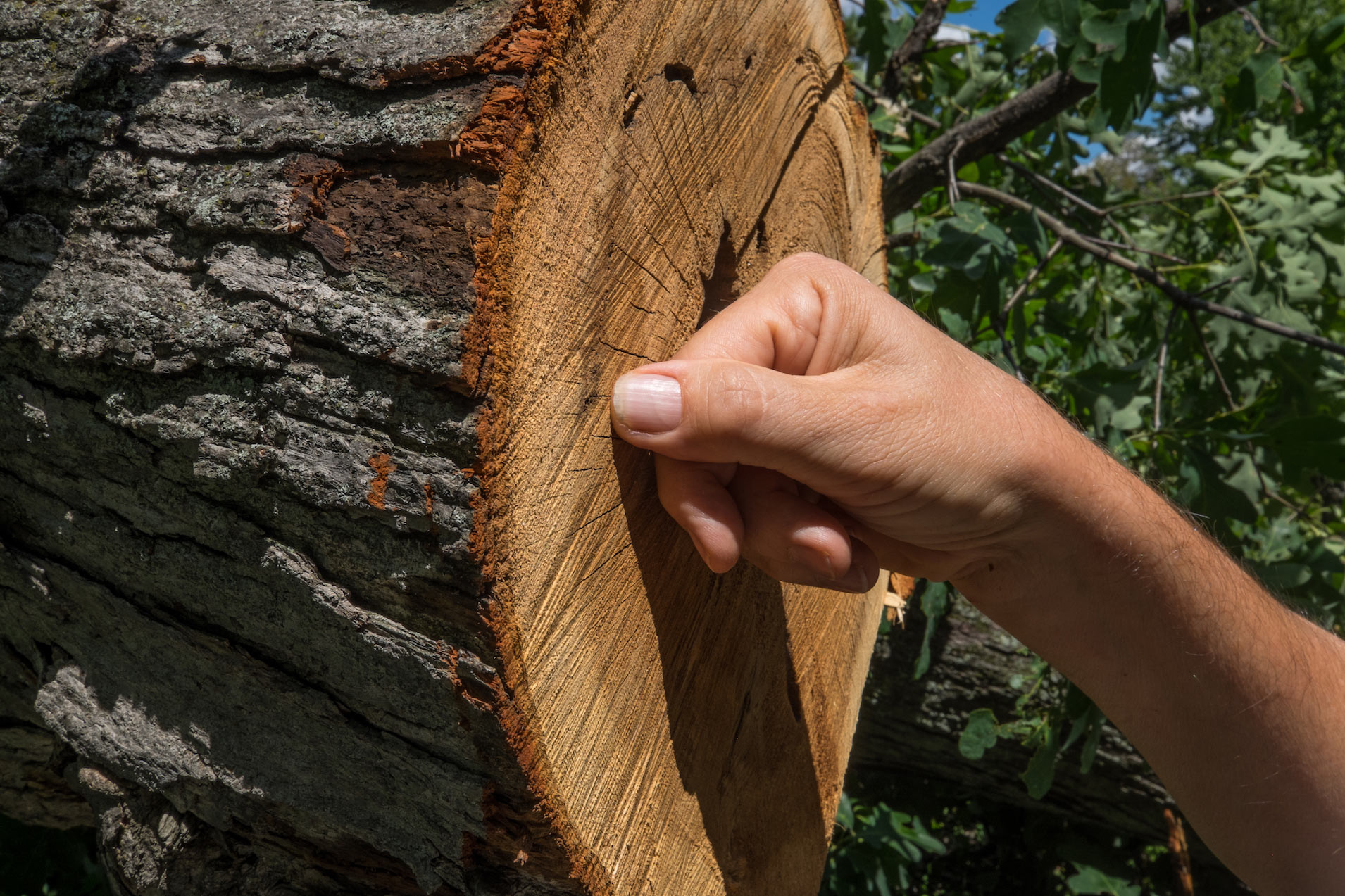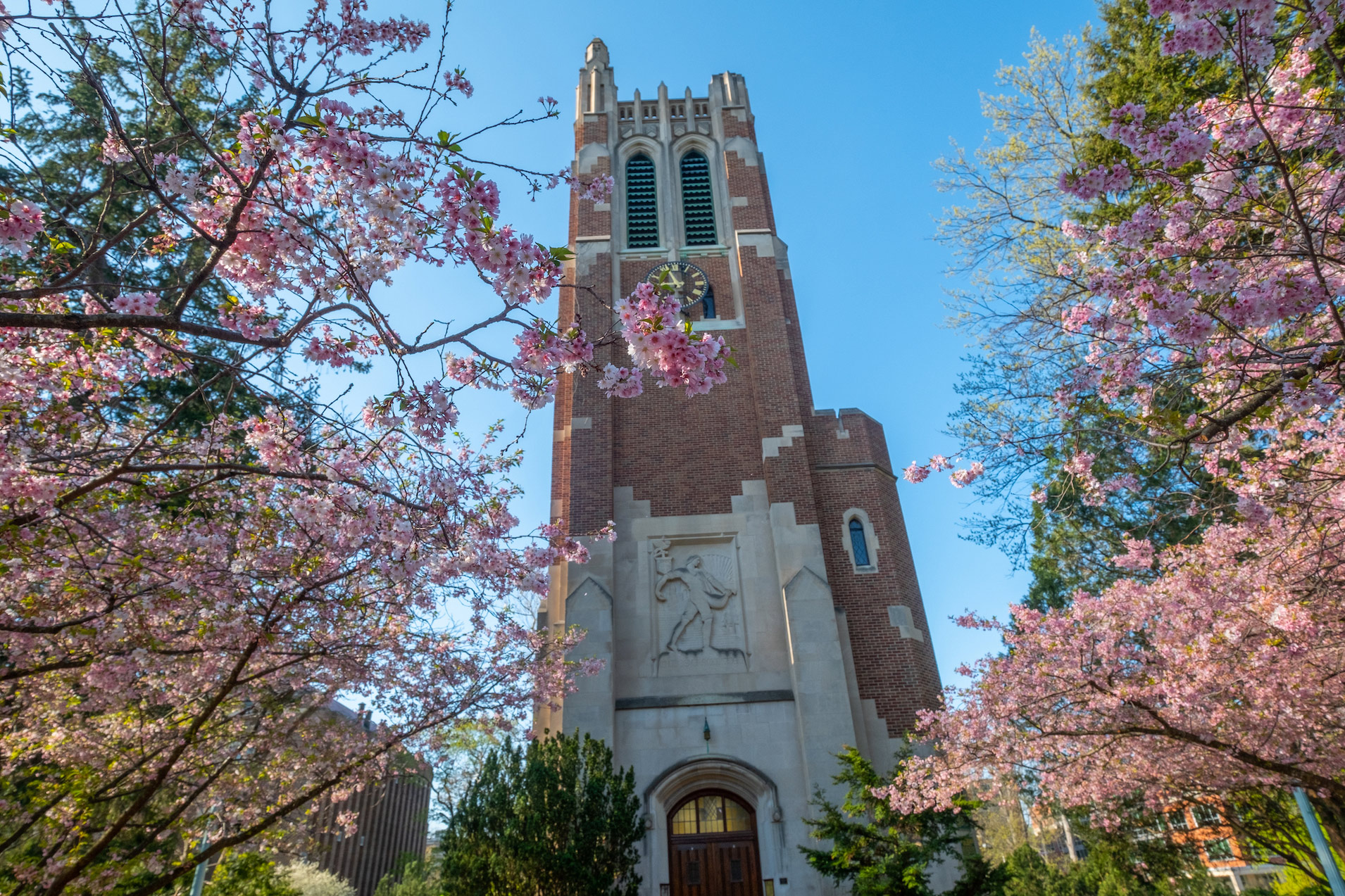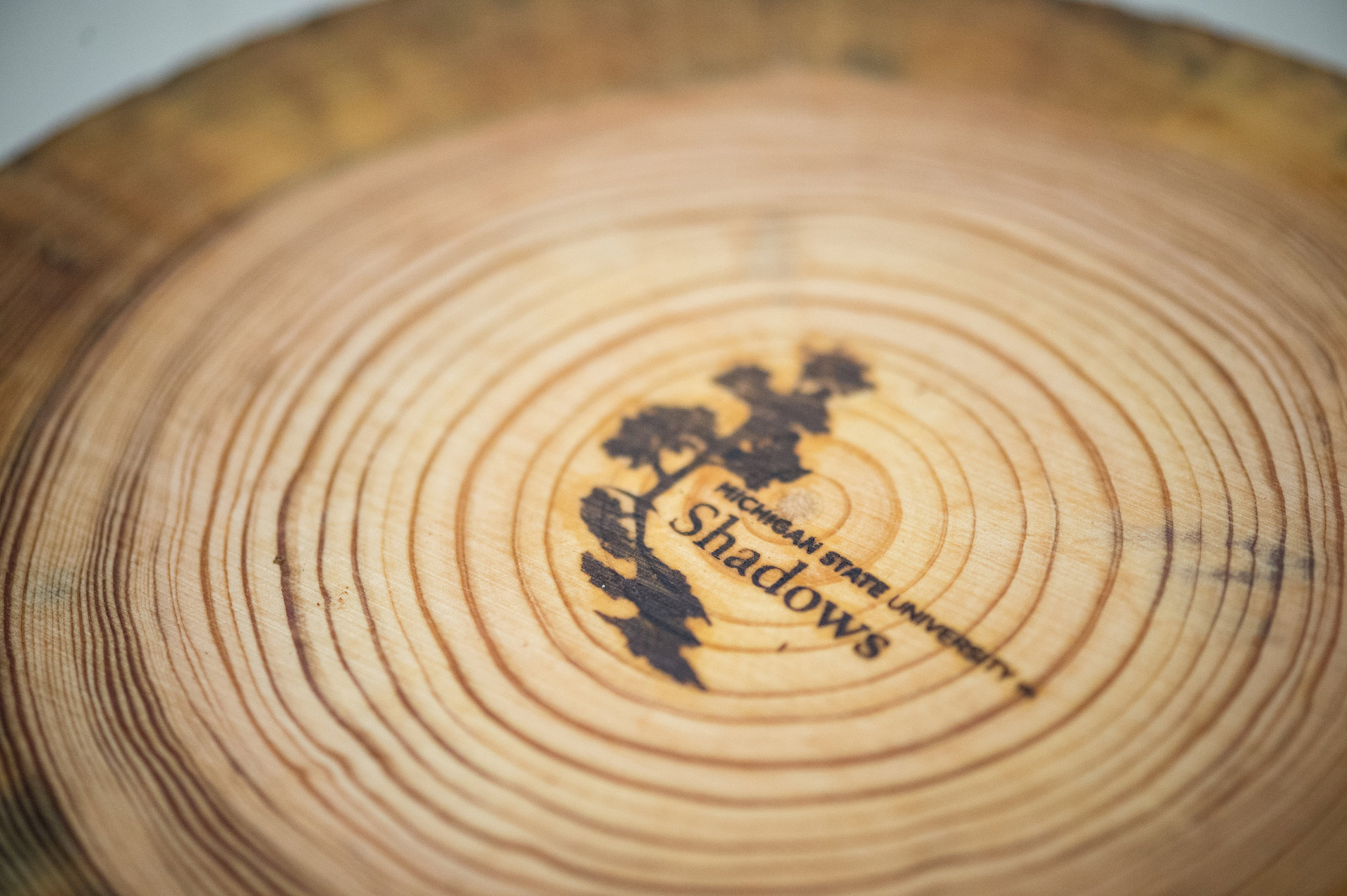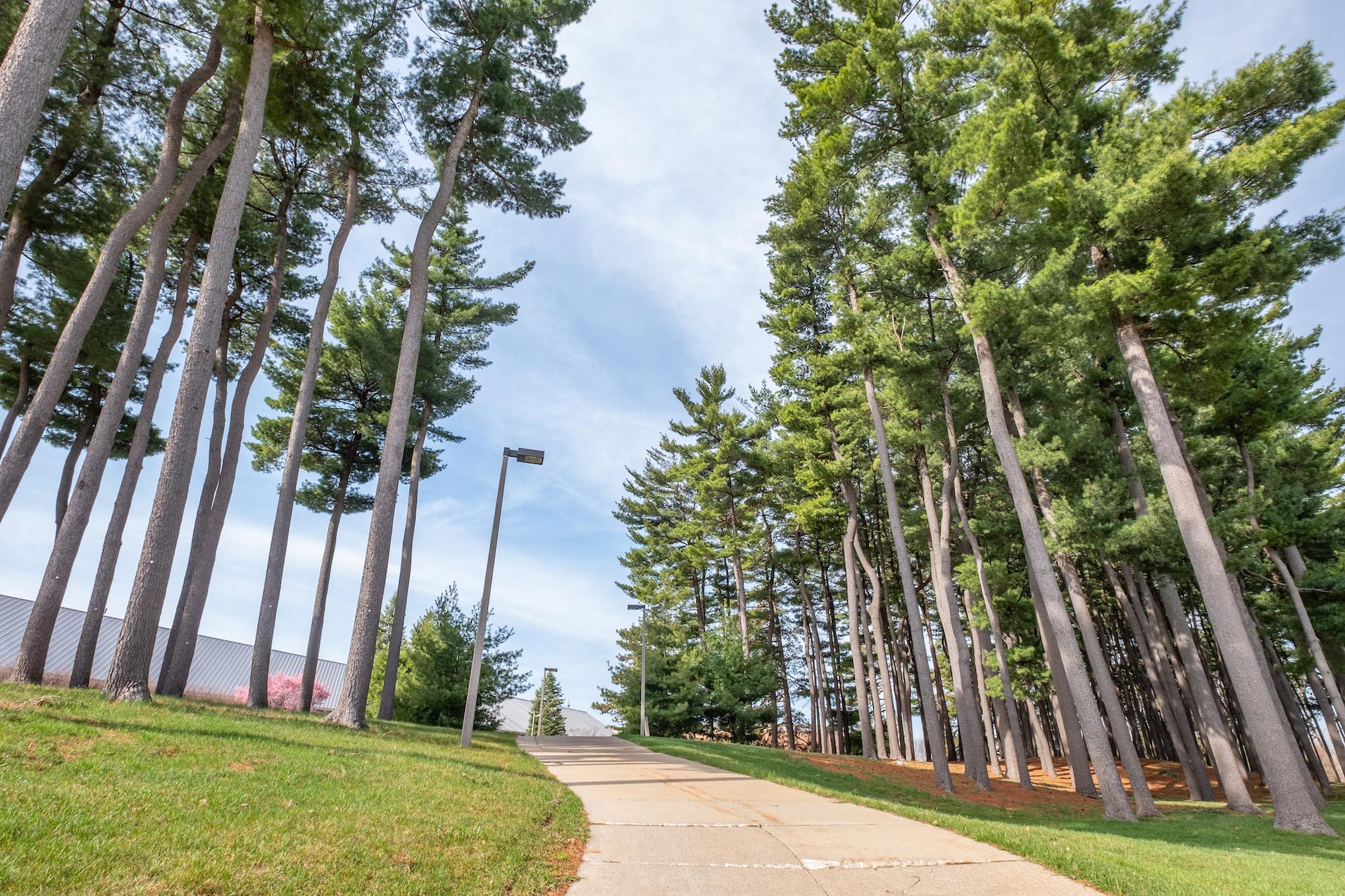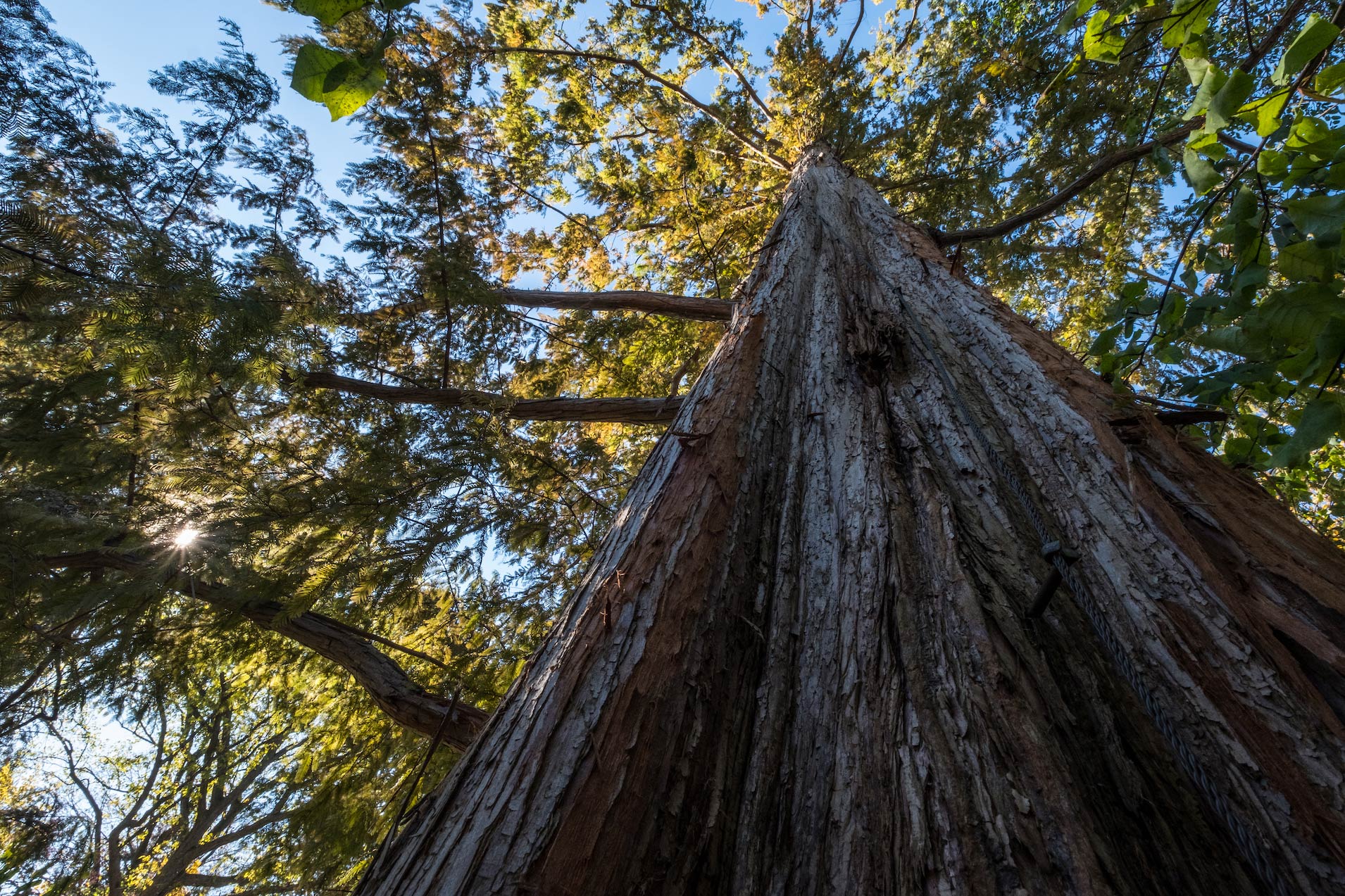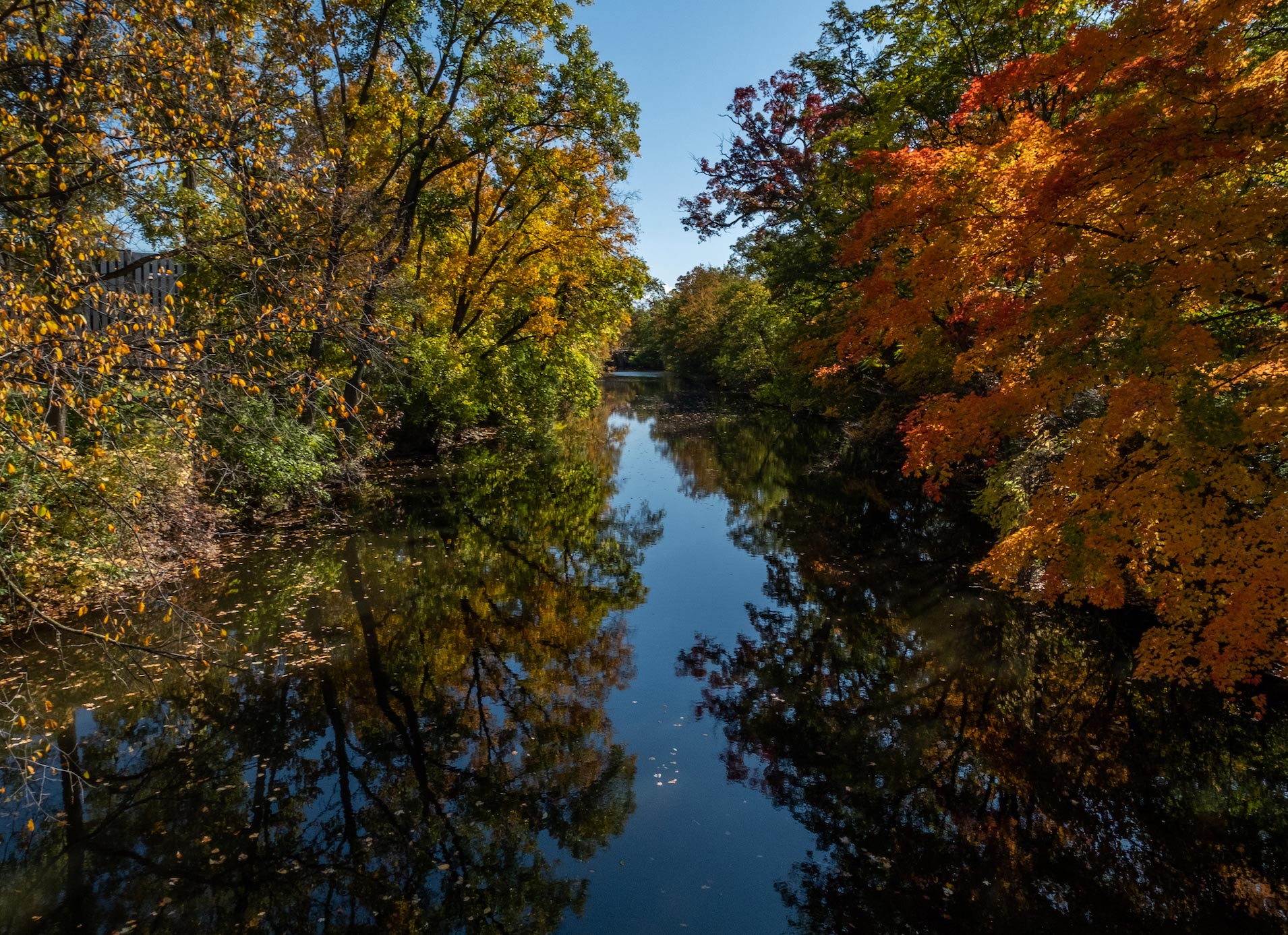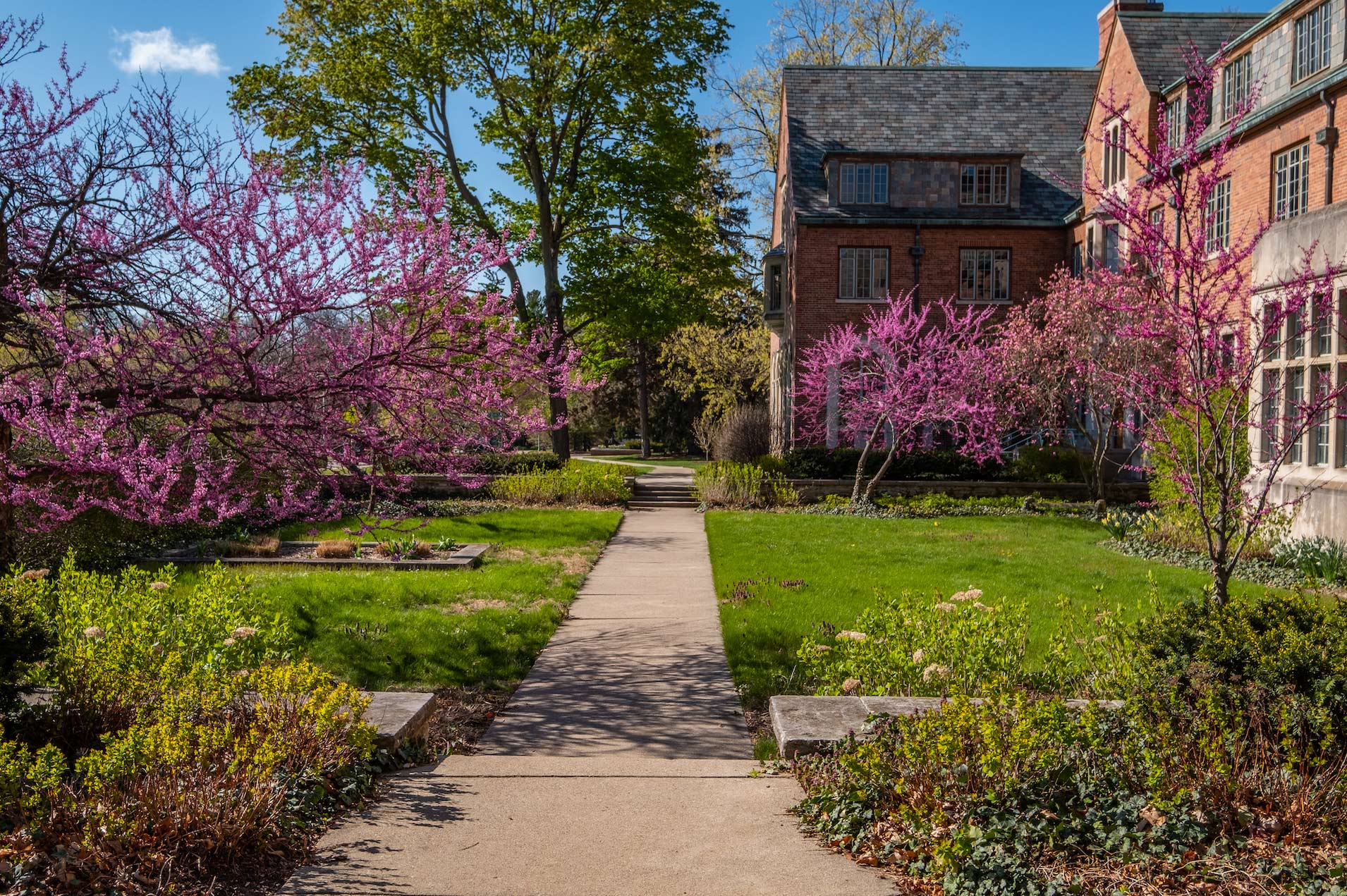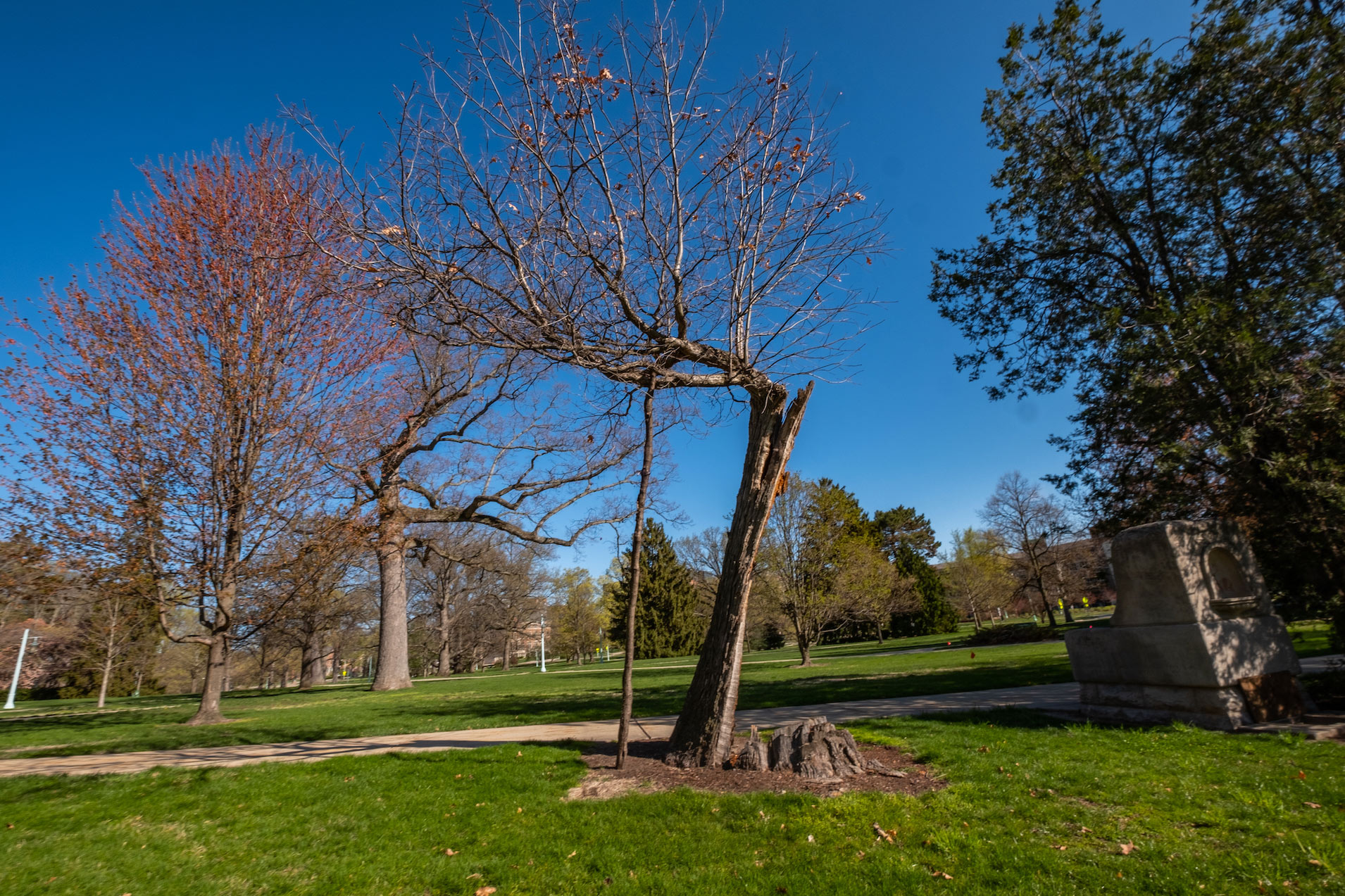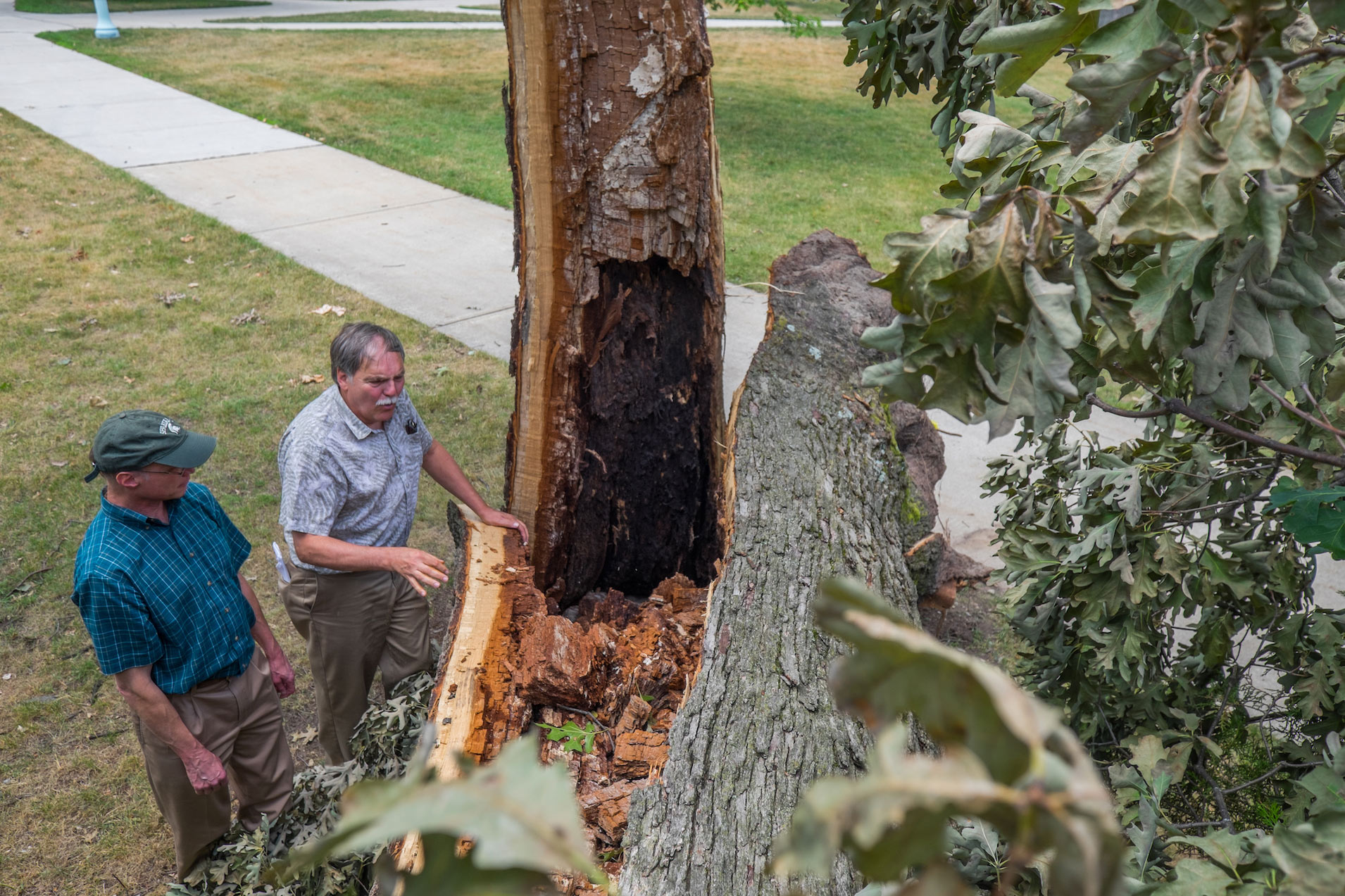The science, stewardship and stories behind MSU’s trees
The university's historic campus arboretum is a living laboratory
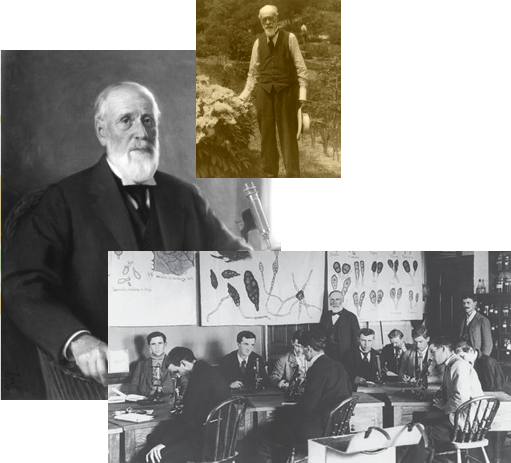
This article was originally published on April 28, 2021.
A tree symbolizes history in the depth of its roots, growth in the number of rings in its trunk and the promise of the future in its foliage. Michigan State University's trees are a living, breathing part of the university's past, present and future.
In 1873, William J. Beal, one of the first forestry faculty members in the country, established MSU’s campus arboretum. Today, this collection of trees is part of the oldest continuously operated university botanical gardens, bearing his name, in the United States.
These trees and thousands more across campus are carefully preserved to provide students with opportunities to study a diverse display of live trees, and researchers from forestry and plant biology focus on protecting and sustaining the forest for future generations.
Every Spartan tree tells a story
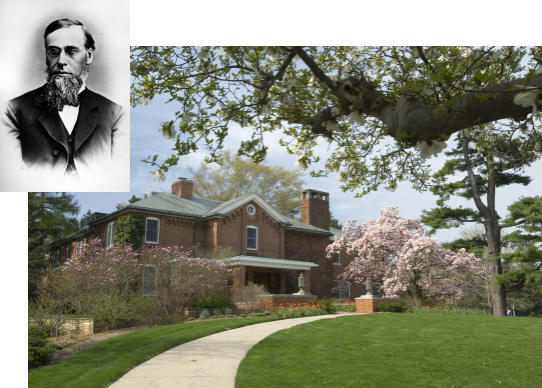
From the oldest trees at MSU — somewhere between 350 and 400 years old — to the newest seeds planted in the campus tree nursery today, each of the more than 20,000 trees across campus has its own unique story to tell and place in Spartan history.
The university’s third president, Theophilus C. Abbot, and his wife, Sarah, planted the first commemorative tree on campus to celebrate the birth of their daughter, Mary, in 1863 on the property around Cowles House, the official residence of the university president. Twenty-one years later, Mary and her groom exchanged their wedding vows under its shade. Today, visitors to the Cowles House property can stand under its shadows, connect with its history or simply enjoy its beauty.
“Some of the trees on campus today are the original trees planted on campus,” says Frank Telewski, a professor emeritus of plant biology in the College of Natural Science and director emeritus of MSU’s W.J. Beal Botanical Garden. “For example, there are two rows of swamp white oak trees between Mary Mayo Hall and Campbell Hall, and those trees were planted in 1874.”
In the late 1800s and early 1900s, fires across the state of Michigan inspired Ernest Everett Bogue, the first head of MSU’s Department of Forestry, to establish a campus tree nursery for growing seedlings to help replace the trees lost in the fires of 1903. The Bogue nursery was located where the Central Services Building is currently located, east of where Spartan Stadium now stands.
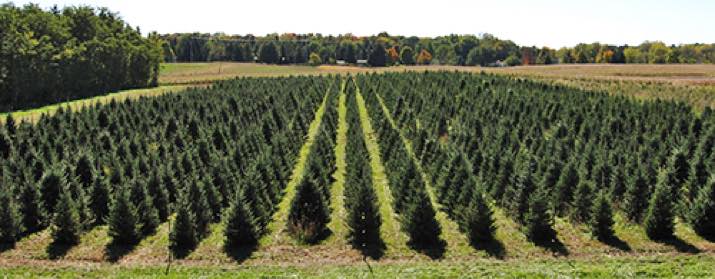
A tree research powerhouse
MSU’s forestry program was established in 1902 and is one of the oldest forestry programs in the country. Decades later, in 1963, MSU’s Tree Research Center got its start.
“For over 100 years, MSU has had a long tree nursery heritage,” says Randy Klevickas, farm manager at the Tree Research Center. “The TRC serves the citizens of Michigan by addressing state forestry issues and planning for future global forestry challenges.”
Each year, the TRC grows more than 20,000 trees in its combined nursery and greenhouse system. These seedlings support research in tree genetics, physiology (what is happening inside the tree’s cells), silviculture (tending to trees like a gardener would tend to flowers) and ecology. While the TRC is known for growing Christmas trees, the aim of the center’s researchers is to develop and identify trees that grow faster and resist disease to help forests throughout the state.
The trees that are planted on campus come from the Beaumont nursery located on Beaumont Road, southeast of the MSU Pavilion. Once a seedling is planted on campus, it becomes the responsibility of Jerry Wahl, MSU’s campus arborist.
“Trees are a priority at MSU, and it shows,” says Wahl. “We planted over 300 trees on campus in 2020 and are on track to plant 300 trees on campus this year.”
Trees planted on campus become part of MSU’s history and are entered into the Campus Tree Map. Telewski created the program in the 1990s as an ongoing effort to map and track trees on campus. By clicking on a green dot on the map, information is displayed about the kind of tree it is, the genus and species name of the tree and, sometimes, the date it was planted. Wahl and his team use the information on this map daily and update an entry if a tree is removed from campus. In 2020, MSU adopted a policy in which any tree that is cut down or moved from campus must be replaced on a one-for-one basis.
“We try to plant trees that will grow and thrive in Michigan,” says Telewski. “We want to increase our tree diversity and look for new species from around the world.”
Wahl is also in charge of keeping the trees on campus healthy. In the past, treating almost 200 mature elm trees for Dutch elm disease meant spraying them with insecticides.
“Innovations over the last 20 years mean that now, trees receive an injection that protects them for two years,” says Wahl. “It’s better for the trees and safer for the environment.”
Sometimes trees die or need to be cut down. Any trees removed from campus are repurposed into mulch or recycled by the MSU Shadows Collection program. This program uses the wood to make commemorative and everyday items such as diploma frames, cheese boards and even desks, which are sold to raise money to plant more trees on campus. Another advantage of making new products out of the wood ensures the carbon will stay sequestered instead of getting released back into the atmosphere from burning. Recently, trees removed from campus have been repurposed into log benches for outdoor seating areas on campus.
All of the care and attention that MSU puts into its trees has been recognized by the Arbor Day Foundation, which honored MSU with 2020 Tree Campus Higher Education recognition for its commitment to managing the urban forests throughout the university’s campus.
“This shows how much MSU cares for its trees,” says Wahl. “We are committed to planting trees, maintaining and making trees a priority.”
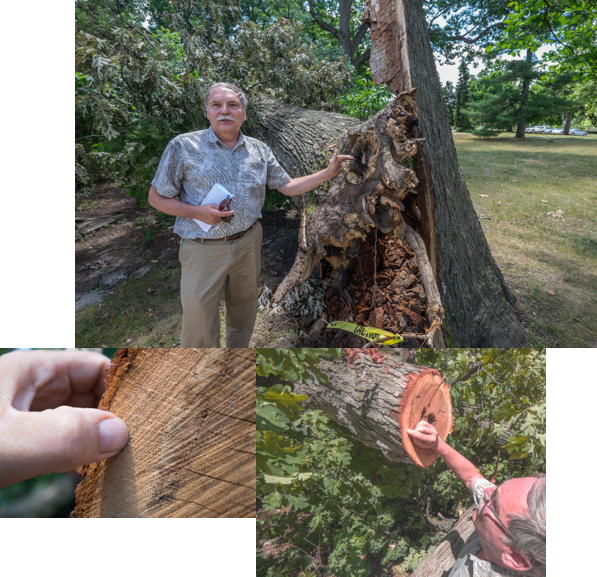
Another part of taking care of the trees on campus means protecting them during any campus construction or severe storm.
“A tree had blown down in a storm, and I noticed a metal cap on the tree,” Telewski says. “I knew from Beal’s notes that in 1858, some trees were given a metal cap to cover the wound where the tree had been topped. Trees were topped to encourage the tree crowns to grow wider. This was one of the original trees on campus.”
Telewski asked retired campus arborist Paul Swartz to cut a solid cross-section of the tree, called a cookie, to determine the tree’s age.
“I counted 347 rings on that tree,” Telewski says, “We had to find a way to save the tree and we did. Fortunately, when the Resilient Oak, as the tree is now called, split when it blew over, there was a small portion of the tree with a single branch attached left standing.”
A living laboratory
“People always comment on how green our campus is and how many mature trees we have,” says Telewski. “Other universities don’t have that. It is an important legacy.”
MSU's trees are an invaluable resource for researchers and students.
In fact, MSU’s distinguished and long-running agriculture and forestry discipline was recently ranked in the top 10 globally and No. 5 nationally by QS World University Rankings by Subject 2022.

While the majority of the trees are common maple, oak and pine, there are some trees in the collection that are only found in their native countries, such as the Korean ash tree found in South Korea.
The trees on campus and the nearby TRC provide unique opportunities for students to work with a living laboratory, whether in a freshman seminar on biology or postdoctoral training in forestry.
Students have the chance to learn in the classroom and in the field about conservation and sustainability efforts through interdisciplinary coursework and, more importantly, how they can be part of the solution to the forestry challenges of the future.
Klevickas, Telewski and Wahl all work with students to support MSU’s mission of teaching, research and outreach. “I’m helping new people develop a passion for the industry,” says Wahl.
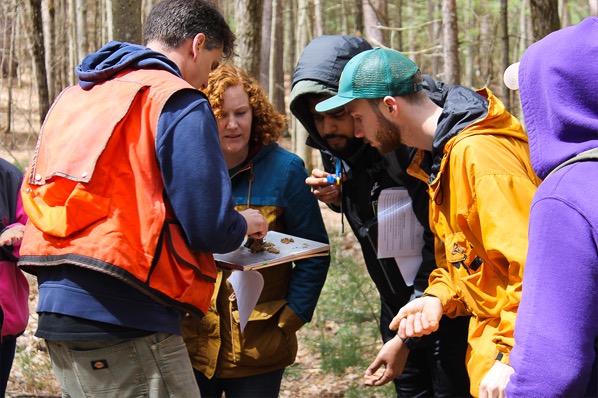
For Klevickas, working with students is fulfilling and inspiring. “I enjoy mentoring students because I get to share my experience with them, and they teach me too,” he says.
Aside from the diverse and unusual trees at MSU, the campus today is home to its own collection of very special trees, including some of the oldest and tallest trees in the state.
“I believe we have one of the largest ash trees in the state at 123 feet tall, and many trees on campus are over 350 years old,” says Wahl. “It’s pretty cool to be a part of that legacy.”
While these trees are accessible, they also are carefully protected, as are leaves, flowers and seeds on MSU’s campus, thanks to Telewski and his colleagues.
“It’s a campus ordinance that you can’t just pick a flower or plant from campus,” says Telewski. “You have to obtain a collections permit from the designated authority: me.”

